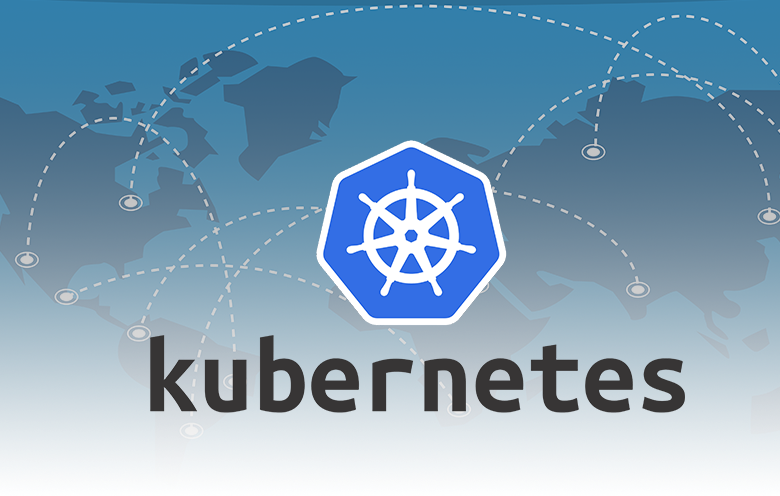Kubernetes Revolutionizing Industries With Powerful Features
About Kubernetes Network
The diagram shows that for Pods to communicate with each other, the traffic must flow between the Pod network namespace and the Root network namespace. This is achieved by connecting both the Pod namespace and the Root namespace by a virtual ethernet device or a veth pair veth0 to Pod namespace 1 and veth1 to Pod namespace 2 in the diagram.
Networking is a central part of Kubernetes, but it can be challenging to understand exactly how it is expected to work. There are 4 distinct networking problems to address Highly-coupled container-to-container communications this is solved by Pods and localhost communications. Pod-to-Pod communications this is the primary focus of this document. Pod-to-Service communications this is
Kubernetes was built to run distributed systems over a cluster of machines. The very nature of distributed systems makes networking a central and necessary component of Kubernetes deployment, and understanding the Kubernetes networking model will allow you to correctly run, monitor and troubleshoot your applications running on Kubernetes. Networking is a vast space with a lot of mature
In the following Kubernetes architecture diagram, we will see all the components mentioned above and illustrate how each component interacts with the others. There are five key networking concepts in Linux that will help us understand how the Kubernetes network was designed to be compatible with these key components and meet the final
Below is an example of a Kubernetes networking diagram The Kubernetes networking implementation allocates IP addresses, assigns DNS names, and maps ports to your Pods and Services. This process is generally automaticwhen using Kubernetes, you won't normally have to manage these tasks on your network infrastructure or Node hosts.
own network namespace, and containers inside that Pod share the same IP address and por ts. All communication between these containers happens through localhost , as they are all par t of the same namespace. Represented by the green line in the diagram. Pod- to -Pod n etworkin g With Kubernetes, ever y node has a designated CIDR range of IPs
Generate beautiful Kubernetes diagrams in seconds from plain English or code snippet prompts. Use AI to make and edit Kubernetes diagrams. Try Eraser's AI Kubernetes diagram maker for free. Also list out the hierarchical groupings such as Kubernetes groups e.g. clusters and namespaces and network boundaries e.g. regions, zones, VPCs.
The fundamental Kubernetes network architecture consists of multiple layers that enable communication between pods, nodes, and external networks. 2.1 Basic Node and Pod Communication Model. The above diagram illustrates the basic network architecture in a Kubernetes cluster Pods within a node communicate through a bridge network
A collection of diagrams explaining kubernetes, extracted from our. k8s trainings k8s AppOps Security eBook German blog articles and talks k8s sec, k8s intro The diagrams are realized using PlantUML, so they're basically text and can be adjusted easily. Note that the diagrams don't use UML notation. They are rather box and line diagrams.
Know the critical components of Kubernetes architecture diagram and optimize them for enhanced operations. Container Networking Interface CNI is a way to create network connections for containers, and it works with many different orchestration tools, not just Kubernetes. Organizations have varying needs regarding container networking


































